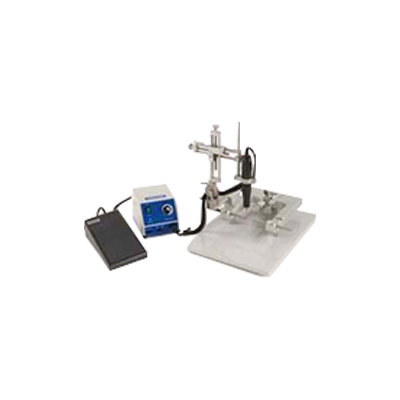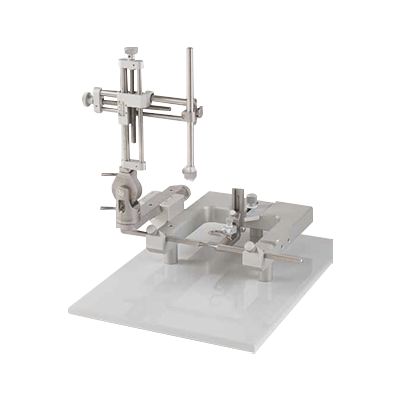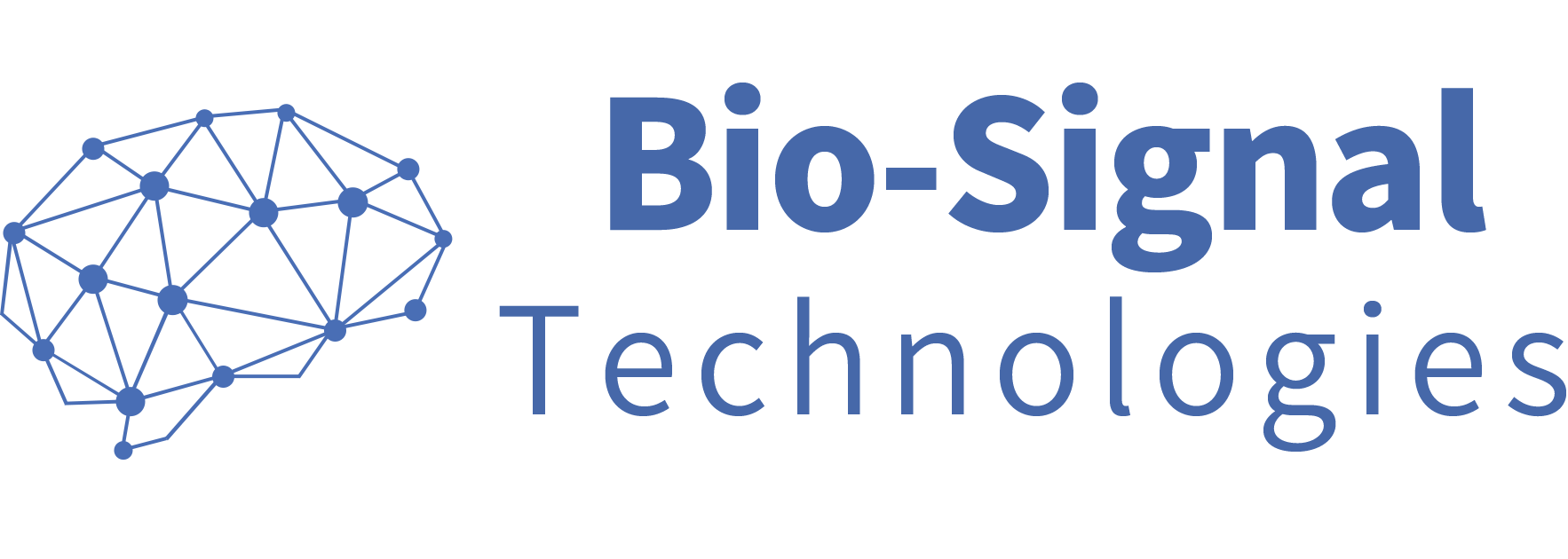- Product introduction
- Detailed parameters
- Related resources
The classic laboratory standard stereotaxic instrument has been the standard for laboratory research for nearly 50 years. Time-tested U-shaped design with high stability, adaptability and compatibility. The triple lead screw allows for smooth, consistent action and fast positioning. Classic laboratory standard stereotaxic instruments include a 100 micron 3-axis left-handed robotic arm, rat adapter, conventional (18°) ear bar, and probe holder. Dual, ultra-precision, digital, or motorized functions are available.
Laboratory standard stereotaxic instrument features
*Low cost
*Classic U-shaped design
*Replaceable adapter (for mouse or rat)
*Compatible with gas anesthesia
*90 degree vertical locking
Peculiarity:
*There are various models for animals of different sizes and for fixing the head and spine.
*Single or dual operating arms are available.
*Laser-fired ruler with an accuracy of 0.1mm.
*It can be rotated 90 degrees vertically and the position can be locked at any time.
*Arm movement range (up and down, left and right, front and rear): up to 80mm.
*It is equipped with a microinjection system and a cranial drill can be used for a variety of experimental operations.
*Includes 18-degree tapered ear bar and rat mount, optional mouse and cat holder.
*Parallel track frame with configurable positioning spinner, quad operating arms, and adapters for cats, monkeys, dogs, and other animals.
*The LED LCD numeric clearly displays the coordinate position.
*It has a reset set 0 position function and a memory function.
Class:
The most commonly used models: mouse single-arm stereotaxic instrument; rat double-arm stereotaxic instrument; mouse single-arm digital display stereotaxic instrument; Mouse double-arm digital display stereotaxic instrument; Automatic rat or mouse stereotaxic instrument; Locators for large animals (cats, dogs, and monkeys). and related locator accessories.





